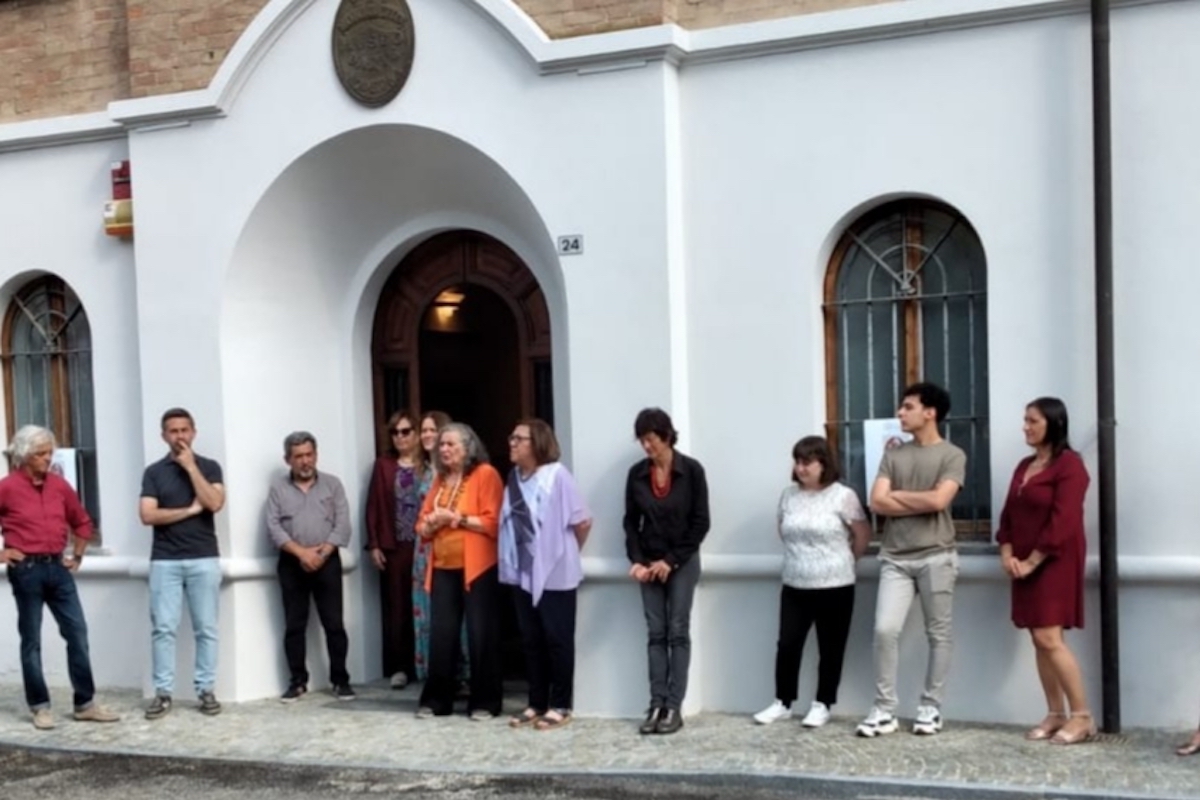The Museum
About the Museum and its history
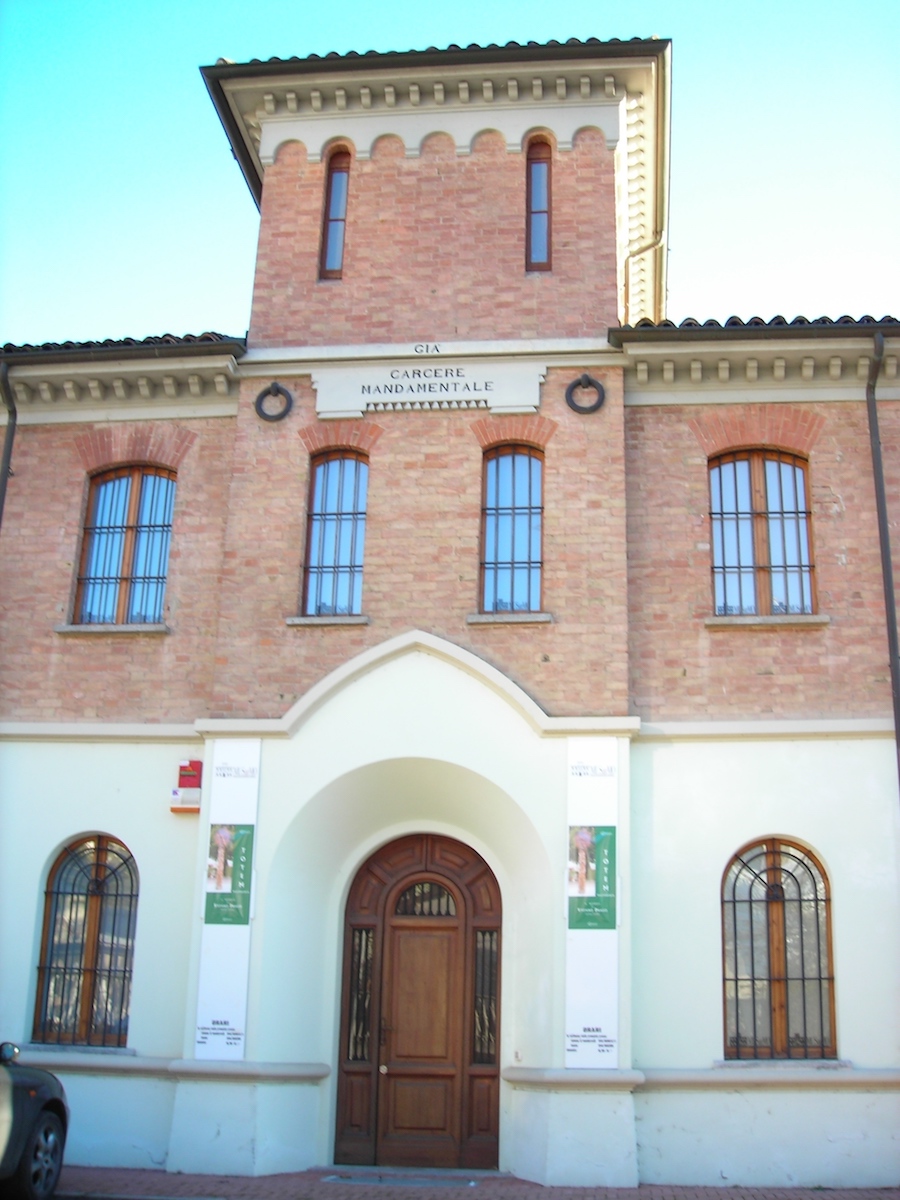
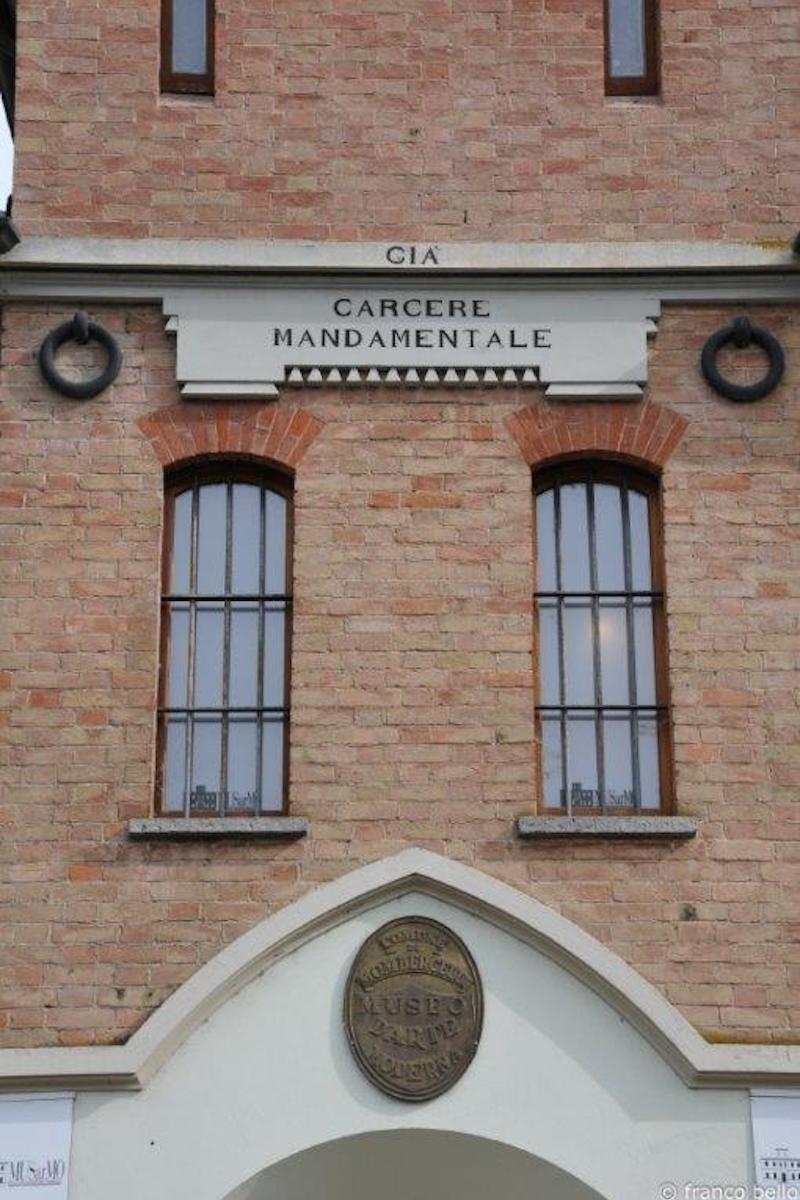
The adventure of the “Museo Civico d’Arte Moderna” in Mombercelli began in 1972, thanks to the initiative of a group of art enthusiasts who envisioned something different for their town. Among them were Caro Caratti, former Director of the Civic Museums of Asti and skilled engraver; Don Francesco Cartello, the parish priest of Mombercelli; Mario Castagneri; Giulio Zandrino, owner of the premises where the artworks were first displayed; and Stefano Pirra, a gallery owner from Turin.
Several artists responded to the promoters’ call by donating one or more works and offering their expertise. For several years, the Museum became the cultural heart of the small community. Among the donors were internationally renowned artists such as Armando De Stefano, Bruno Martinazzi, and Lorenzo Guasco, as well as others who later received honorary citizenship of Mombercelli, including Simon Benetton, Enrico Paolucci, and art critic Angelo Dragone.

Angelo Dragone, Mayor Renato Canapero, Simon Benetton, Curator Gianmaria Lisa,
and Cultural Councillor Fausto Ciancio
Later, the artworks became the property of the Municipality, which committed to preserving them and promoting their appreciation. After a period of custody caused by the lack of suitable exhibition spaces, in the 1990s the Municipal Administration, led by Mayor Canapero and on the initiative of councillors Fausto Ciancio and Roberto Giamello, decided to move the artworks to the former district prison. They appointed Gianmaria Lisa, a journalist from RAI’s Culture news team, as the Museum’s curator.
With great enthusiasm, he dedicated over ten years to enriching the Museum’s history by contacting other artists and organizing initiatives to raise awareness about it. In addition to showcasing the original collection, he organized several exhibitions, including ones dedicated to Carlo Leva, a renowned set designer, and Paolo Spinoglio, a sculptor. Thanks to his efforts, it became possible to establish a library within the Museum premises, housing around 1,080 books—mainly art volumes and catalogs—donated mostly by the Donat-Cattin family and catalogued by Dr. Lidia Ollino, then the head of the Civic Library.
The Municipal Administration, together with the Piedmont Region and the Cassa di Risparmio Foundation of Asti, further demonstrated its commitment to protecting and enhancing the cultural and artistic heritage by funding the restoration of the building. This work addressed delicate conservation issues and upgraded the technical systems, lasting about two years.
The doors of the old prison reopened in 2004 with an exhibition by Francesco Casorati, promoted by the Municipality and curated by art consultant Anna Virando and architect Marta Franzoso. On this occasion, the Museum’s logo was also created. The Piedmontese artist, a key figure in 20th-century art and son of the famous Felice Casorati, exhibited about thirty paintings and a large wooden structure specially created for a cage-like space inside the original cells on the ground floor.
Since 2005, the new curator Anna Virando, who succeeded Gianmaria Lisa, in collaboration with the Board members, has worked to ensure continuity and visibility of the Museum in the local area. She organized numerous exhibitions, including those of Carlo Carosso, Mark Cooper, Stefano Drago, and many others (see the “Previous Exhibitions” section). The Museum has also hosted music and poetry events in partnership with the cultural association “Lo Spettatore” from Asti and the Castello di Belveglio Concert Organization.
In 2022, Musarmo joined the provincial network of Museums of Asti.
A quarter of a century after its inauguration, what once seemed like an unusual project has grown into a solid cultural institution—a functional exhibition space that deserves its permanent place among Italy’s 3,000 cultural sites.
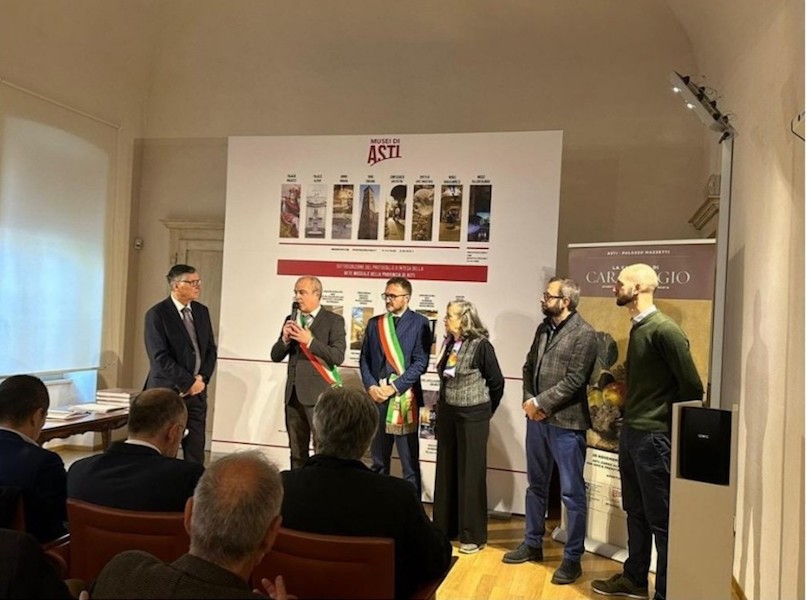
MUSarMo officially joins the network of Museums of Asti
The building
Not all museums are lucky enough to be housed in such unique buildings that they deserve a visit even when empty! This is the case for the Museum of Mombercelli, located in a former prison where all the main architectural features have been preserved.
The building, originally designed as a district prison in the early 20th century by engineer Santonè from Turin, presents a compact and solid exterior, still faithful to its function of “detaining” any prisoners. It has two above-ground floors and a central watchtower.
Inside, the spaces are marked by a series of iron bars closing the cells, which have now been transformed into exhibition rooms. The exterior façade is plastered on the ground floor and made of bricks on the first floor, featuring two rows of decorative cornices that animate the façade. The main entrance door is topped by a pointed arch frame.
Recently, emergency exits have been added—one per floor—located on the southwest side, along with an external staircase equipped with a stairlift to allow wheelchair access. This staircase connects the emergency exit on the first floor with the courtyard.
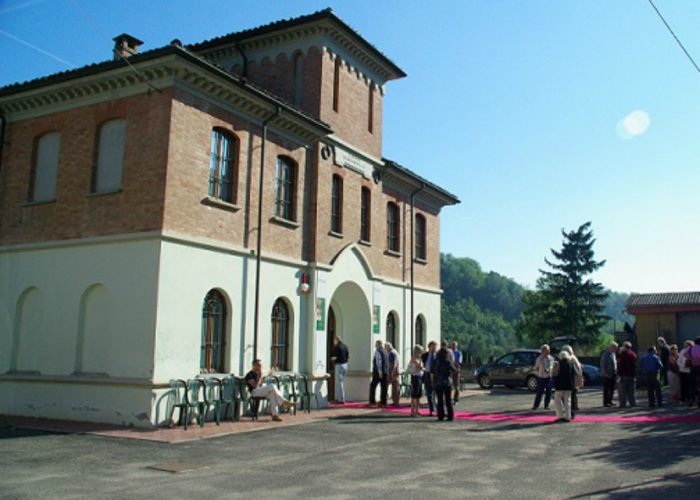
The board
The Musarmo Board is the body responsible for the protection and promotion of the Museum. Appointed by the Municipal Administration, it is made up of 10 volunteers with specific expertise, who are appointed or confirmed every five years.
They handle the opening of Musarmo and the welcoming of visitors, as well as the organization and setup of temporary exhibitions.
The current Board is composed as follows:
- Virando Anna: curator
- Murtas Gabriella: president
- Fiandrotti Laura: secretary
- Drago Andrea
- Duretto Daniela
- Milano Renato
- Mirandola Raffaella
- Oldano Piero
- Terzano Roberta
- Voglino Chiara
